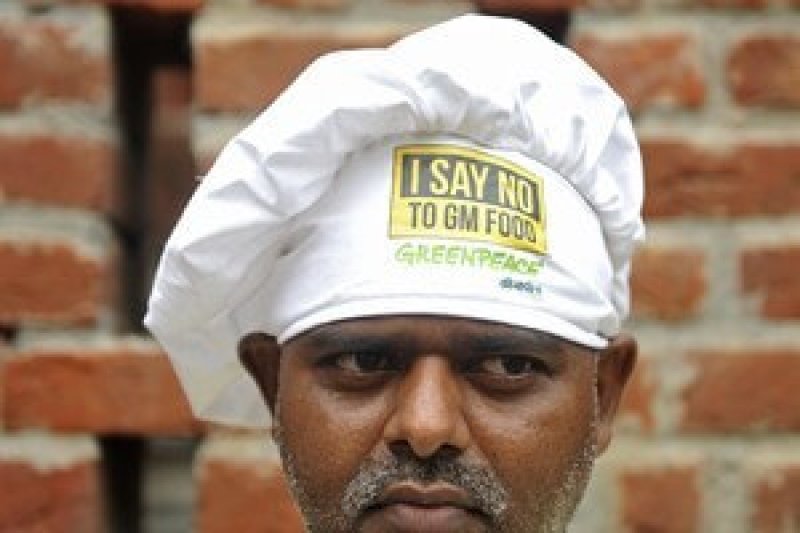In 1952, a young American researcher named Norman Borlaug literally bred a revolutionary idea that would come to transform agriculture, save many millions of the world’s poorest people from starvation, and energize struggling Third World economies.
Working on a project jointly sponsored by the Rockefeller Foundation and Mexican government, Borlaug began crossing samples of a fungi-resistant variety of wheat he had developed with a sturdy dwarf variety of wheat called “Norin 10.”
Read the full, original story here: “The Greening And Un-Greening Of Genetically-Improved Food”
Additional Resources:
- “Using the tools of biotechnology to advance Borlaug’s legacy,” Mark Lynas
- “Is Environmentalism Anti-Science?” Discover































